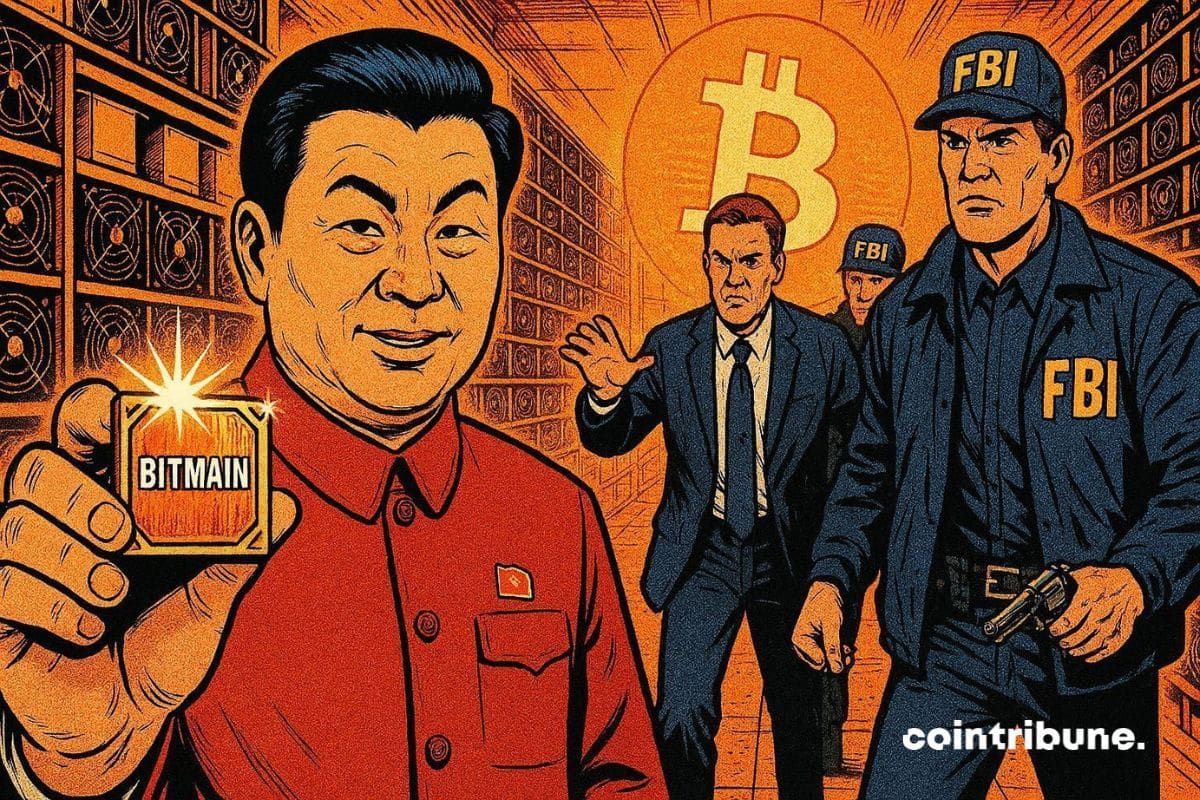Solana's Latest Fluctuations: Understanding Blockchain Challenges and Institutional Perspectives for 2025
- Solana's Q3-Q4 2025 price volatility ($140-$160) highlights tension between strong on-chain metrics and liquidity/security risks. - ETF inflows ($417M) and DApp growth ($3.79M daily revenue) contrast with declining TVL (-11%) and stablecoin market cap (-8.16%). - Validator concentration risks persist despite innovations like Firedancer, as institutional confidence hinges on resolving security vulnerabilities and decentralization gaps. - Long-term SOL price targets ($500) depend on sustaining performance
On-Chain Performance Versus Price Swings
Solana’s on-chain data highlights its leading position in high-speed blockchain technology. By October 30, 2025, the network was handling 70 million transactions daily and had reached $143 billion in DEX volume each month,
Nevertheless, price swings remain a challenge.
Institutional Flows: ETFs and Contradictory Trends
Institutional involvement has had mixed effects. The introduction of Solana-based ETFs, including Bitwise’s BSOL and Vaneck’s VSOL,
Despite weak sentiment,
Validator Distribution and Security Challenges
The concentration of validators is a significant but often overlooked risk. Solana’s Proof of History (PoH) and Proof of Stake (PoS) protocols enable rapid block creation and low fees, but the network’s security depends on how validators are distributed. In late 2025, Solmate Infrastructure
Industry insights from Figment and Luganodes stress the importance of validator reliability for institutional trust. For instance,
Long-Term Outlook for High-Performance Layer 1s
Solana’s future depends on its ability to balance scalability with robust security. Its 65,000 TPS and extremely low transaction fees make it attractive for large-scale applications, yet
Market analysts foresee a potential long-term price of $500 for SOL if it can maintain momentum above $182
Conclusion
Solana’s price swings in 2025 illustrate the tension between strong on-chain fundamentals and broader systemic risks. While ETF inflows and DApp expansion point to significant potential, institutional trust will hinge on resolving liquidity issues, improving validator decentralization, and strengthening security. For crypto investors, the key takeaway is that high-performance Layer 1 blockchains must pair innovation with sound governance to maintain lasting market confidence.
Disclaimer: The content of this article solely reflects the author's opinion and does not represent the platform in any capacity. This article is not intended to serve as a reference for making investment decisions.
You may also like
Mining Bitcoin : The United States Suspect Bitmain of Espionage

PENGU Price Forecast: Could This Signal the Beginning of a Fresh Market Cycle?
- Pudgy Penguins (PENGU) surged to $0.0316 in Q4 2025 driven by the Pudgy Party game's NFT utility and institutional inflows. - Technical analysis highlights $0.045 as a critical breakout level, with bullish indicators like TD Sequential and MACD signaling momentum. - Regulatory risks persist due to USDT dependency and exposure to U.S. GENIUS Act/EU MiCA, complicating long-term valuation clarity. - Whale accumulation and 33% trading volume surge suggest strategic positioning, though Bitcoin volatility and
SEC’s December Roundtable to Explore Crypto Privacy and Financial Surveillance
Astar (ASTR) Price Rally: On-Chain Usage and Institutional Engagement Fuel Lasting Expansion
- Astar (ASTR) surged 40% in late 2025 driven by on-chain adoption and institutional investments. - Q3 2025 saw 20% growth in active wallets and $2.38M TVL, supported by Agile Coretime upgrades and 150,000 TPS cross-chain infrastructure. - A $3.16M institutional investment and Astar 2.0's EVM compatibility highlight its multichain infrastructure vision and technical maturity. - Strategic partnerships with Animoca Brands and Sony Soneium, plus Chainlink CCIP integration, strengthen Astar's interoperability